The concept of mindful living has evolved from a wellness trend into a necessary practice for maintaining balance, peace, and genuine happiness. Mindful living isn’t just about meditation or yoga. It’s about creating intentional spaces, surrounding ourselves with beauty that feeds our souls, and making conscious choices that reflect our deepest values. When we approach our homes, relationships, and daily rituals with mindfulness, we transform ordinary moments into opportunities for joy, reflection, and meaningful connection.
The spaces we inhabit profoundly influence our mental state, creativity, and overall well-being. Every element in our environment, from the textures we touch to the colors we see, the scents we breathe to the objects we choose to display, sends subtle messages to our subconscious mind about safety, comfort, and possibility. When we design our lives with intention, we create sanctuaries that support our best selves while reflecting our authentic personalities and aspirations.
This journey toward mindful living encompasses everything from the fresh flowers that brighten our mornings to the careful selection of furniture that will witness our family’s growth over the years. It includes the art we choose to display, the lighting that sets our evening moods, and even the materials beneath our feet that ground us in comfort and beauty. Each decision becomes an opportunity to align our external environment with our internal values, creating harmony between who we are and how we live.
The Psychology of Beautiful Spaces: How Environment Shapes Wellbeing
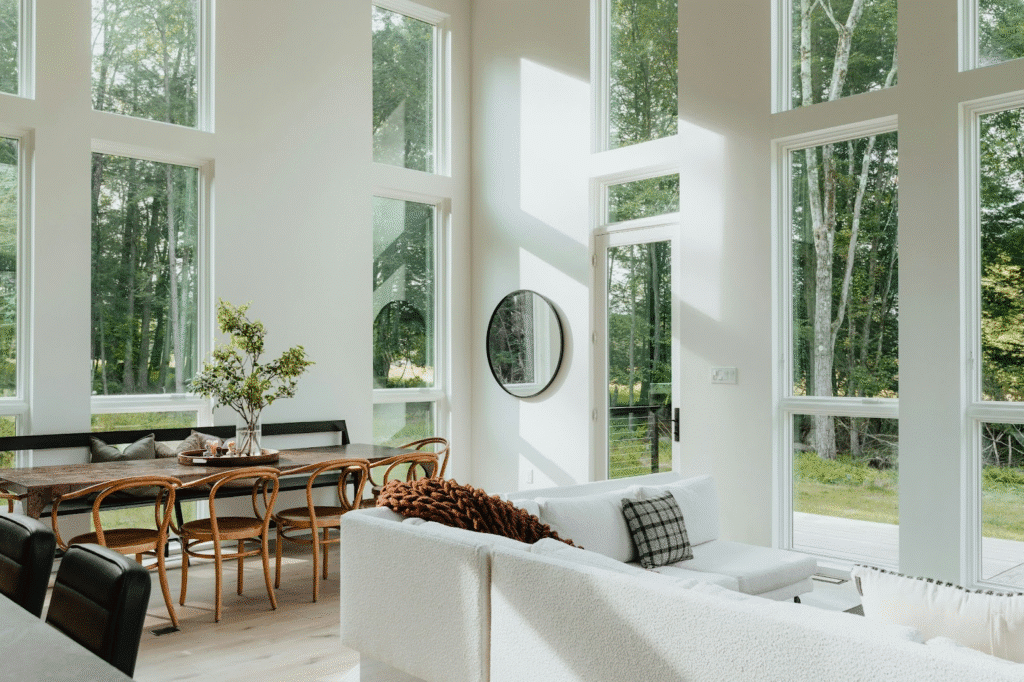
Scientific research consistently demonstrates that our physical environment directly impacts our psychological state, stress levels, and cognitive function. The colors surrounding us influence our emotions—soft blues can lower blood pressure and promote calm, while warm yellows stimulate creativity and optimism. Natural textures like wood and stone connect us to the earth’s rhythms, reducing cortisol levels and promoting feelings of groundedness that are often lost in our increasingly digital world.
Light plays a particularly crucial role in our psychological wellbeing. Natural light regulates our circadian rhythms, improves mood, and enhances our ability to focus and think clearly. The way light moves through our spaces throughout the day creates a sense of time’s passage that connects us to natural cycles often obscured by indoor living. Strategic use of mirrors, light-colored surfaces, and thoughtful window treatments can amplify natural light while creating the illusion of larger, more open spaces that feel less confining and more liberating.
The concept of prospect and refuge – having both open views and cozy retreats within our living spaces—satisfies deep evolutionary needs for both safety and awareness. This might manifest as a reading nook with a view of the garden, a kitchen island that overlooks family activities, or a bedroom arrangement that provides both openness and intimacy. These design principles work subconsciously to make us feel secure while remaining connected to our surroundings.
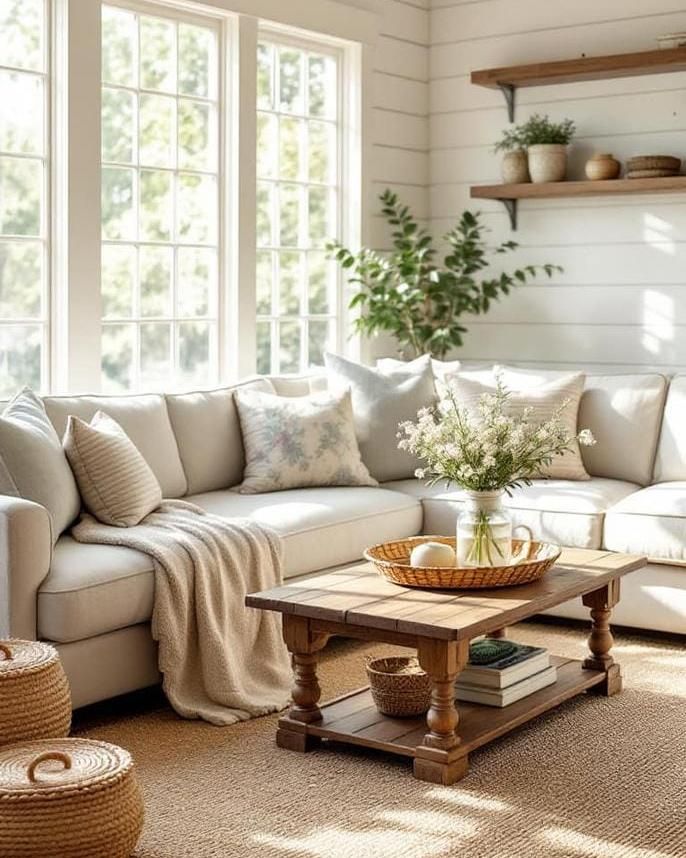
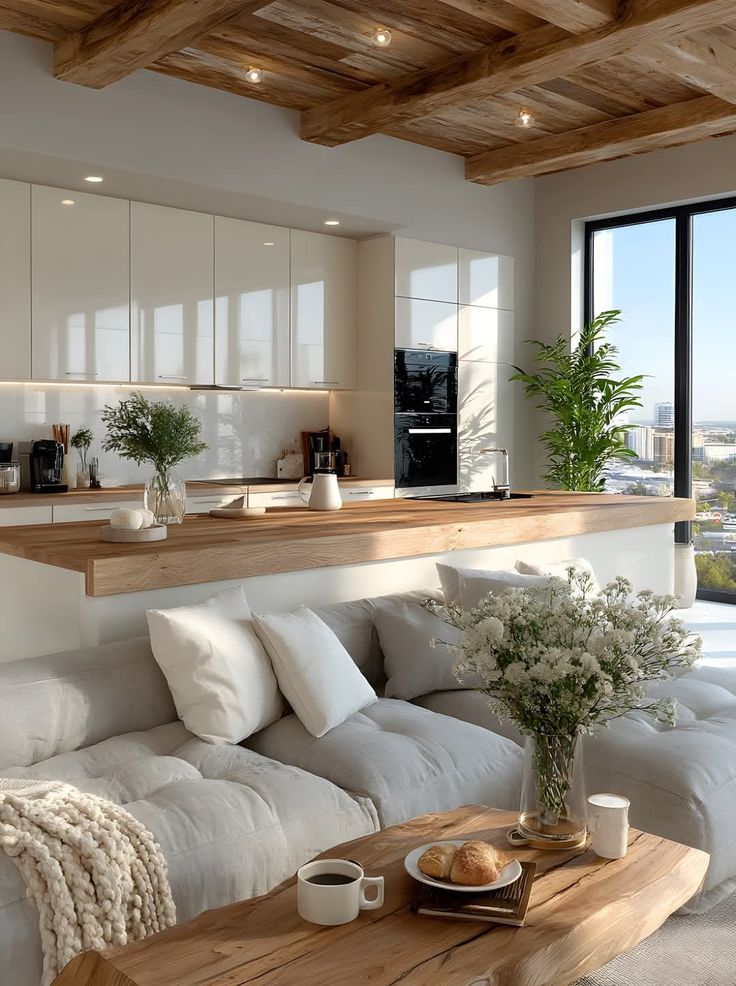
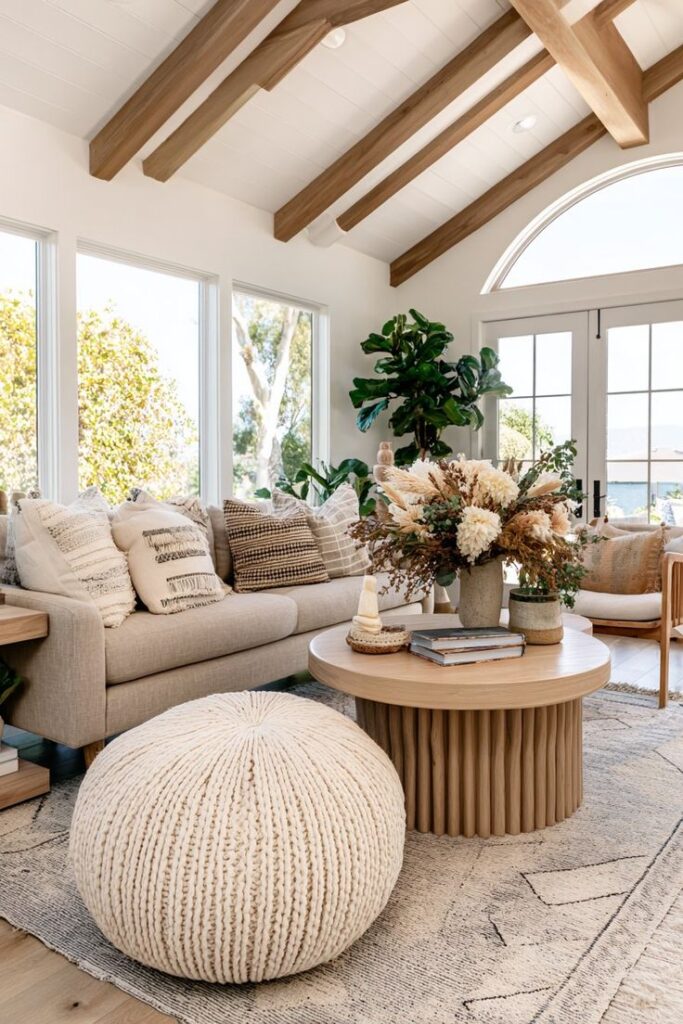
Biophilic design—the practice of incorporating natural elements into our living spaces—addresses our innate need for connection with the living world. This doesn’t require elaborate gardens or expensive renovations. Simple additions like potted herbs on kitchen windowsills, a small water feature, or even nature-inspired artwork can significantly impact our sense of wellbeing. Plants improve air quality while providing the psychological benefits of caring for living things, creating daily rituals that connect us to growth cycles and seasonal changes.
The arrangement of furniture and objects within our spaces affects how we move, interact, and feel throughout our days. Circular arrangements encourage conversation and connection, while linear setups can create feelings of formality or efficiency. The height at which we place objects influences whether spaces feel intimate or grand. Even the materials we choose—smooth marble versus rough wood, soft fabrics versus sleek metals—send different messages about comfort, luxury, and personal style.
Sound and scent, though often overlooked, significantly influence our experience of space. Hard surfaces create echoes that can feel cold or energizing, while soft furnishings absorb sound to create intimate, cozy atmospheres. Natural scents from flowers, herbs, or essential oils can transport us emotionally and create positive associations with our living spaces that enhance our daily experience of home.
The Art of Fresh Beauty: Bringing Nature’s Gifts Indoors

Incorporating fresh, living beauty into our homes represents one of the most immediate and impactful ways to practice mindful living. Fresh flowers, growing plants, and natural elements create dynamic beauty that changes with seasons and time, reminding us of life’s constant renewal and growth. Unlike static decorative objects, living elements bring energy, fragrance, and ever-changing visual interest that keeps our spaces feeling alive and connected to the natural world.
The practice of regularly bringing fresh flowers into our homes creates meaningful rituals that anchor us in the present moment. The act of selecting blooms, arranging them thoughtfully, and caring for them daily becomes a form of meditation that slows us down and connects us to beauty. Whether it’s a single stem in a simple vase or an elaborate arrangement, flowers provide instant transformation of both space and mood, reminding us that beauty can be both temporary and profound.
Different flowers carry varied psychological impacts and cultural meanings that can enhance specific intentions or moods. Sunflowers promote optimism and energy, making them perfect for morning spaces like kitchens or breakfast nooks. Lavender brings calm and promotes restful sleep, ideal for bedrooms or meditation areas. Roses, beyond their romantic associations, simply make most people smile and feel cared for. Understanding these subtle influences allows us to choose flowers that support our desired emotional states and life experiences.

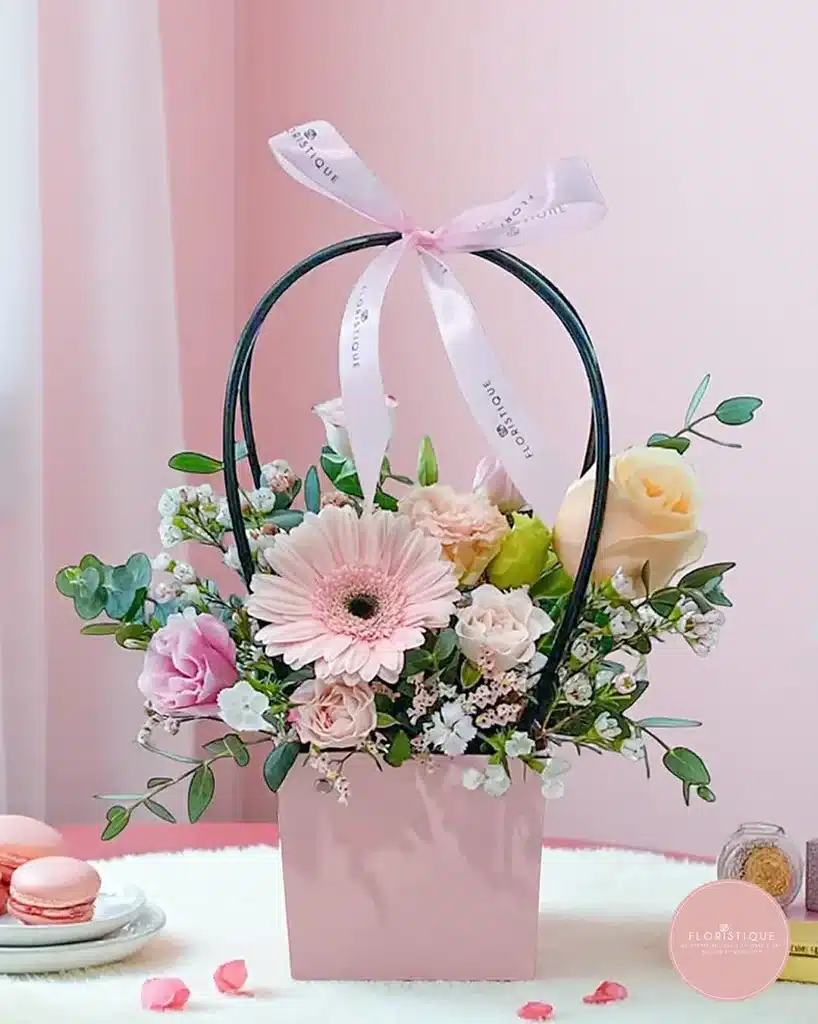
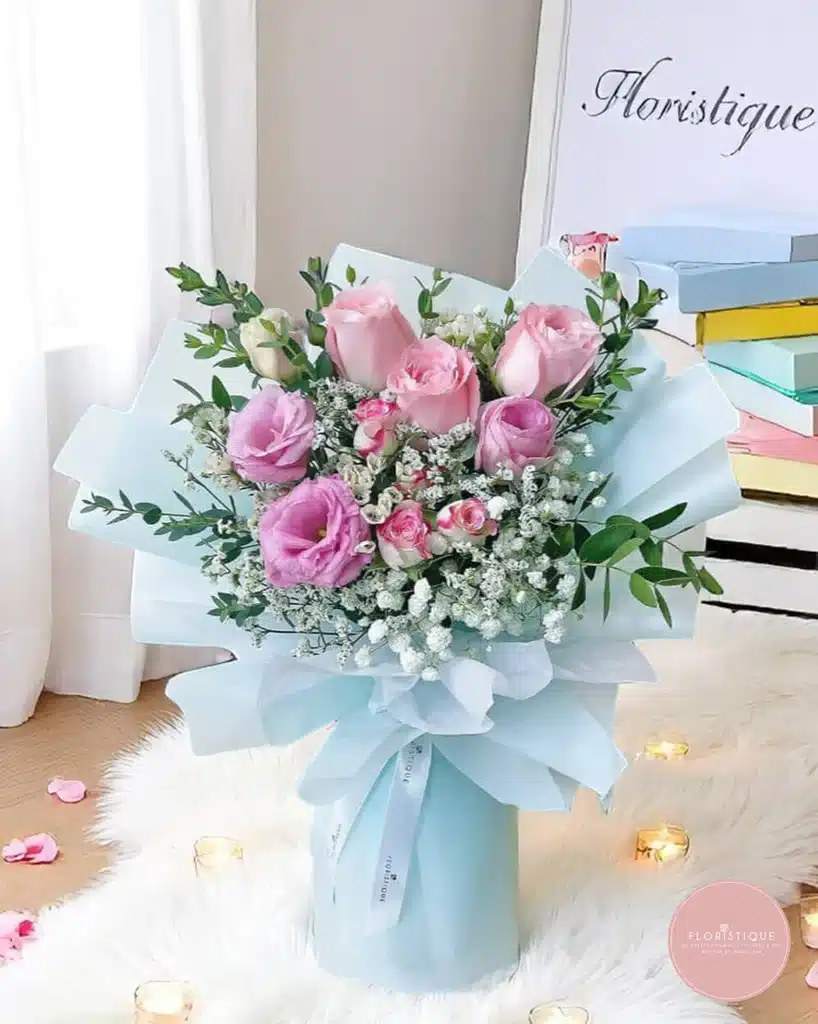
The accessibility of fresh flowers has never been greater, with Online flower shop services making it simple to maintain regular rotation of seasonal blooms without the time investment of traditional flower shopping. This convenience allows busy people to maintain the psychological and aesthetic benefits of fresh flowers without adding stress to already full schedules. Regular flower delivery can become a form of self-care that ensures consistent beauty and natural fragrance in living spaces.
Seasonal flower selection connects us to natural cycles and helps our homes reflect the changing energy of different times of year. Spring tulips and daffodils bring hope and renewal after winter’s dormancy. Summer’s abundant blooms like peonies and dahlias celebrate abundance and joy. Autumn’s rich chrysanthemums and deep-colored dahlias reflect the season’s contemplative energy. Winter branches and evergreens remind us of persistence and quiet strength during nature’s rest period.
The placement of fresh flowers throughout the home creates focal points that draw attention and create moments of pause and appreciation. Entryway arrangements welcome both residents and guests with immediate beauty. Kitchen flowers make food preparation more pleasant and connect cooking with nature’s abundance. Bedroom flowers create romantic, peaceful atmospheres that enhance rest and intimacy. Even bathroom flowers transform utilitarian spaces into spa-like retreats that elevate daily self-care routines.
Beyond their aesthetic value, fresh flowers provide opportunities for meaningful connections with others. Sharing flowers from our gardens, surprising loved ones with unexpected blooms, or creating arrangements together becomes expressions of care and creativity that strengthen relationships. The temporary nature of flowers makes them precious and teaches us to appreciate beauty while it lasts, a valuable lesson in mindfulness and presence.
Creating Foundation Spaces: The Art of Thoughtful Furniture Selection
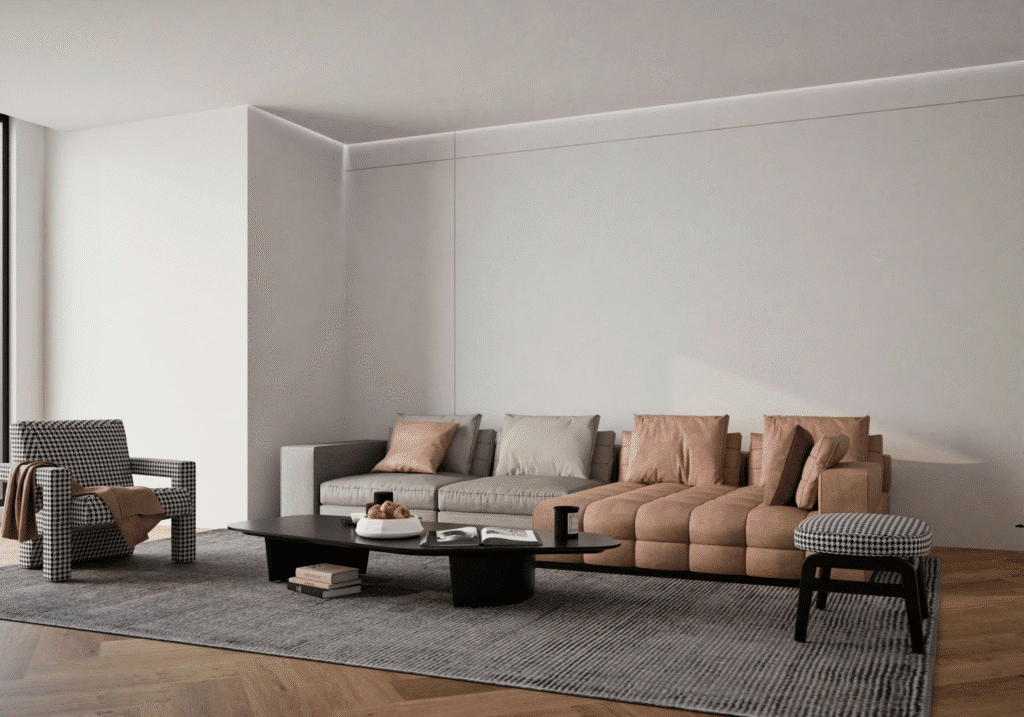
The furniture we choose forms the foundation of our daily experiences, supporting our bodies while expressing our personal style and values. Beyond their functional purposes, furniture pieces serve as long-term investments in our comfort, health, and happiness. Thoughtful furniture selection involves considering not just immediate needs and preferences, but how pieces will serve us through different life stages and changing circumstances.
Quality furniture construction affects not only durability and longevity but also daily comfort and satisfaction. Well-made pieces maintain their appearance and function despite regular use, providing consistent support and beauty year after year. The difference between solid wood construction and particleboard, quality fabric versus cheap substitutes, or hand-finished details versus mass production becomes apparent in daily use and overall satisfaction with our living spaces.
Scale and proportion play crucial roles in how furniture functions within our spaces and affects our psychological comfort. Oversized pieces can make rooms feel cramped and overwhelming, while furniture that’s too small may leave spaces feeling empty and disconnected. The best furniture selections create harmony between human scale, room dimensions, and intended uses, making spaces feel balanced and naturally comfortable.
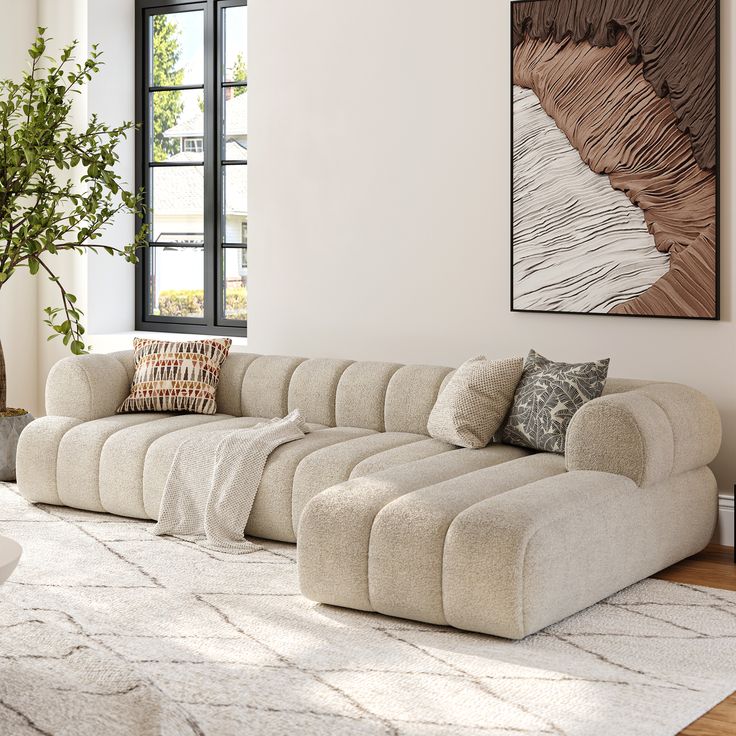
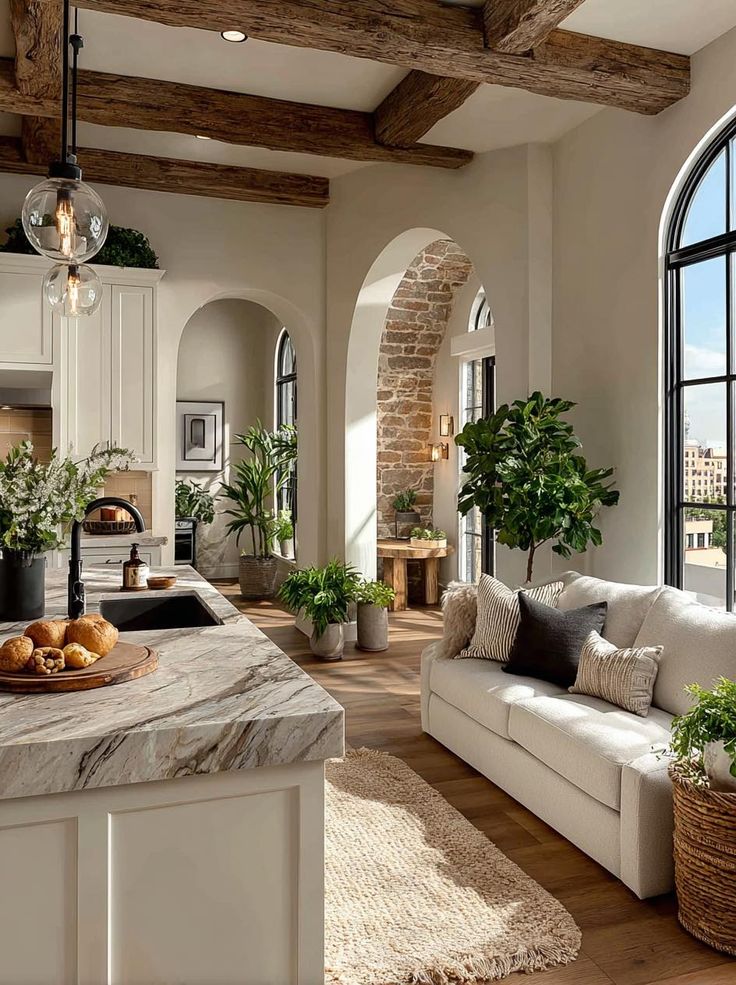
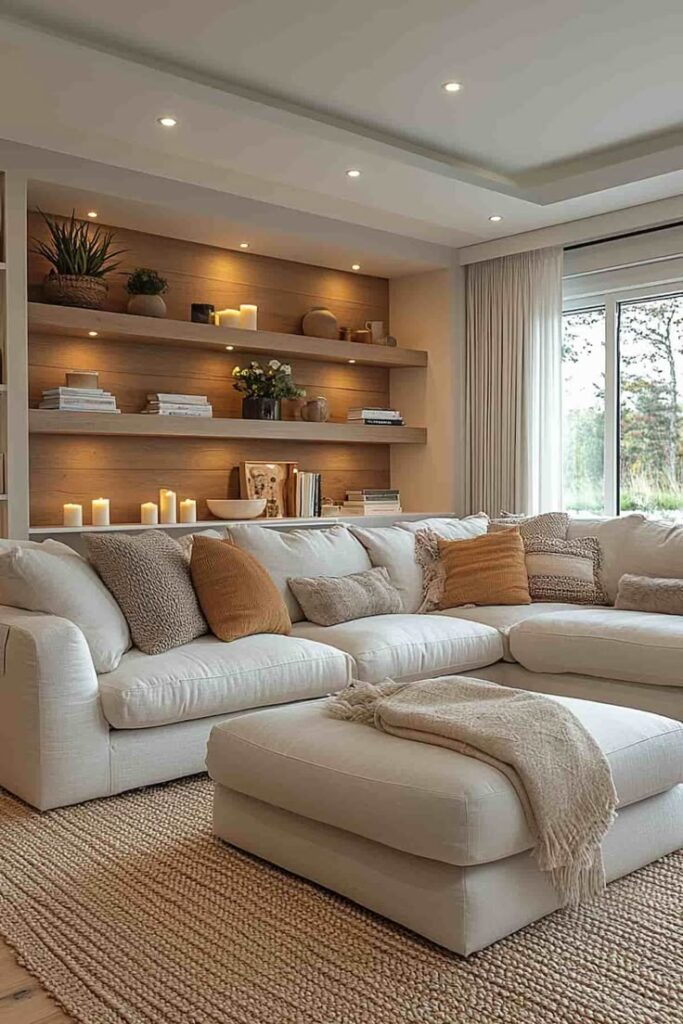
Comfort extends beyond immediate physical sensation to include long-term ergonomic support and adaptability to different uses and users. A sofa that feels wonderful for a quick sit might prove uncomfortable for extended relaxation or sleeping. Dining chairs that look beautiful might not provide adequate support for long meals or working sessions. Testing furniture thoroughly and considering various use scenarios helps ensure that pieces will truly serve their intended purposes over time.
The emotional and aesthetic impact of furniture choices influences our daily mood and satisfaction with our living spaces. Furniture styles can evoke different feelings—mid-century modern pieces often feel optimistic and forward-looking, while traditional styles may provide comfort and continuity. The materials and colors we choose send subtle messages about formality, warmth, sophistication, or relaxation that affect how we and our guests feel in our spaces.
Investment strategy in furniture purchasing involves balancing budget constraints with long-term value and satisfaction. Companies like Nova Furnishing offer quality pieces designed to provide lasting value through superior construction and timeless styling. Focusing investment on pieces that receive heavy daily use—like sofas, beds, and dining sets—while economizing on accent pieces allows for both quality and budget consciousness in furnishing decisions.
Flexibility and adaptability in furniture choices accommodate changing needs and preferences over time. Modular pieces can be reconfigured as spaces evolve. Neutral base pieces accept changing accent colors and seasonal decorations. Multi-functional furniture maximizes utility in smaller spaces while providing options for different activities and occasions. This adaptability ensures that furniture investments continue serving us well as our lives and preferences naturally evolve.
The sustainability aspect of furniture selection aligns with mindful living principles by considering environmental impact and supporting responsible manufacturing practices. Choosing pieces made from sustainably sourced materials, supporting local craftspeople when possible, and selecting durable construction that won’t require frequent replacement all contribute to more conscious consumption patterns that reflect deeper values about environmental stewardship.
Surface Beauty: The Transformative Power of Thoughtful Design Details
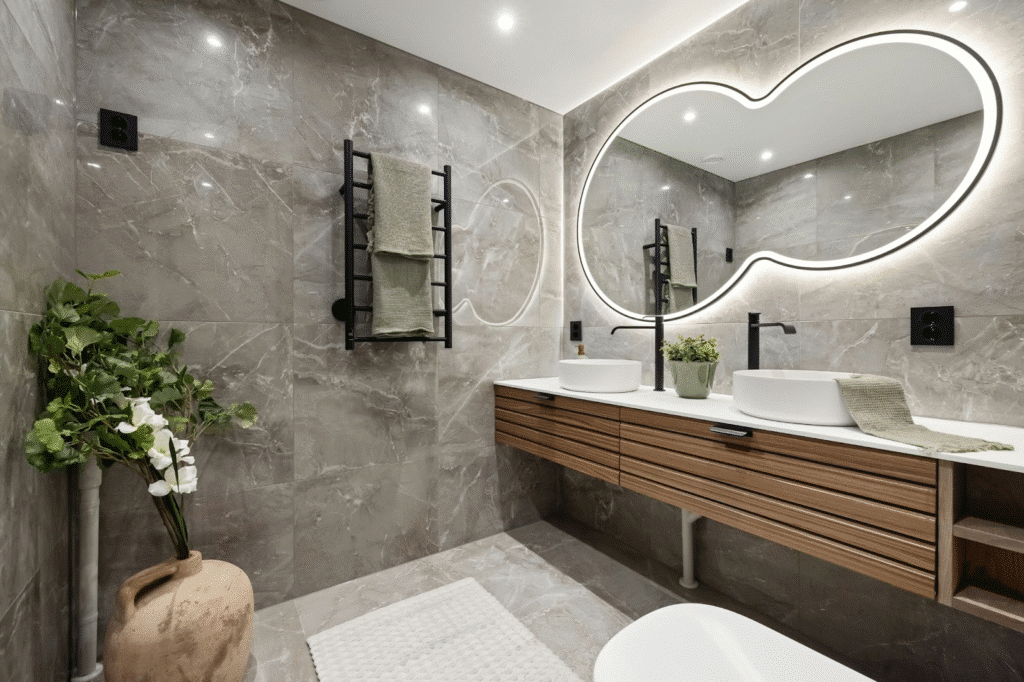
The surfaces within our homes—floors, walls, backsplashes, and countertops—provide the canvas upon which we layer our personal style and create lasting impressions. These foundational design elements significantly impact both the practical function and aesthetic appeal of our spaces. While often overlooked in favor of more dramatic elements like furniture or artwork, thoughtful surface selections can transform ordinary rooms into extraordinary spaces that support our daily activities while reflecting our personal taste and values.
Texture plays a fundamental role in how we experience surfaces both visually and tactilely. Smooth surfaces like polished stone or glass create feelings of sophistication and cleanliness, while rough textures like natural stone or wood grain provide warmth and organic appeal. The interplay between different textures within a space creates visual interest and depth that makes rooms feel more dynamic and engaging than single-texture environments.
Color and pattern in surface selections influence the overall mood and perceived size of our spaces. Light colors reflect more light and make spaces feel larger and more open, while darker tones create intimate, cozy atmospheres. Patterns can energize or calm depending on their scale and complexity—large, simple patterns tend to feel modern and bold, while intricate designs often evoke traditional elegance and craftsmanship.
The practical considerations of surface selections affect daily maintenance and long-term satisfaction with our spaces. High-traffic areas require durable materials that can withstand wear while maintaining their appearance. Wet areas need water-resistant surfaces that won’t degrade over time. Food preparation areas benefit from non-porous materials that resist stains and bacteria while being easy to clean and maintain.
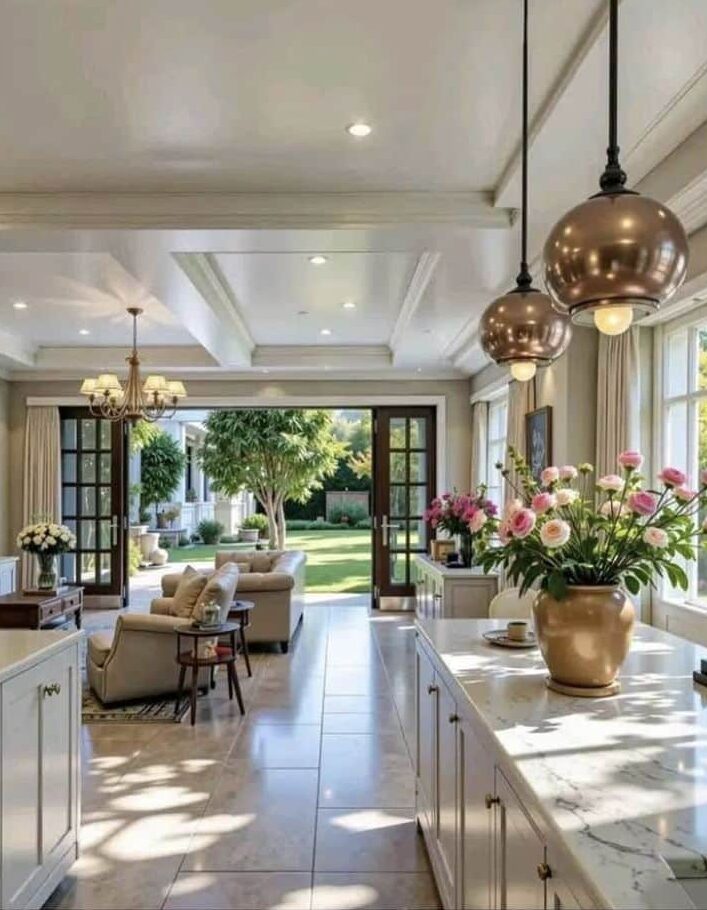
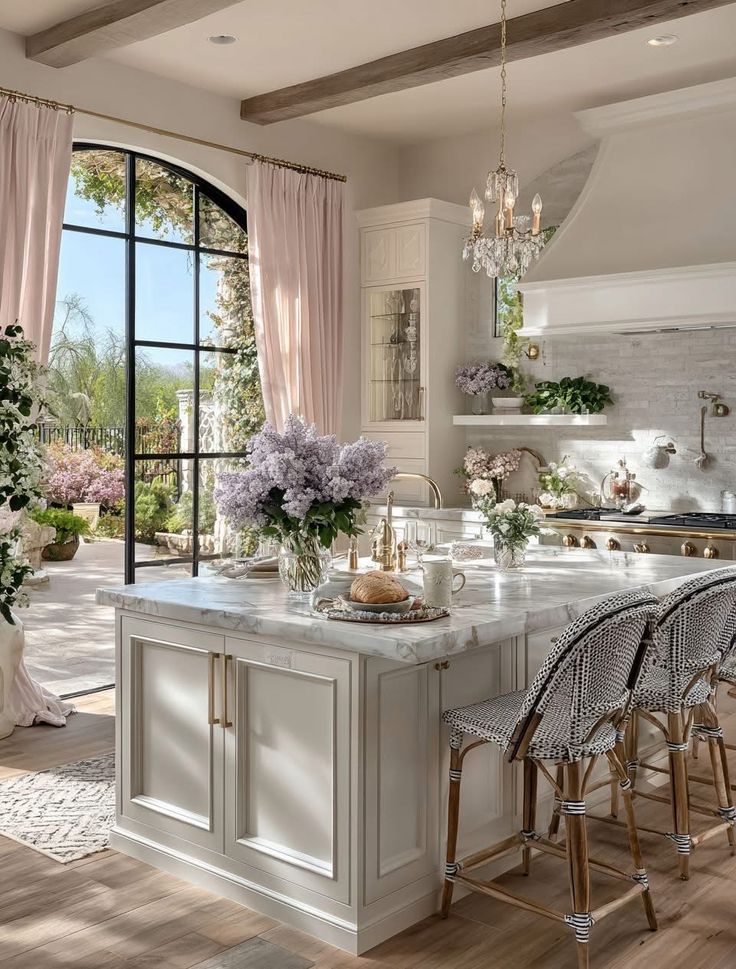
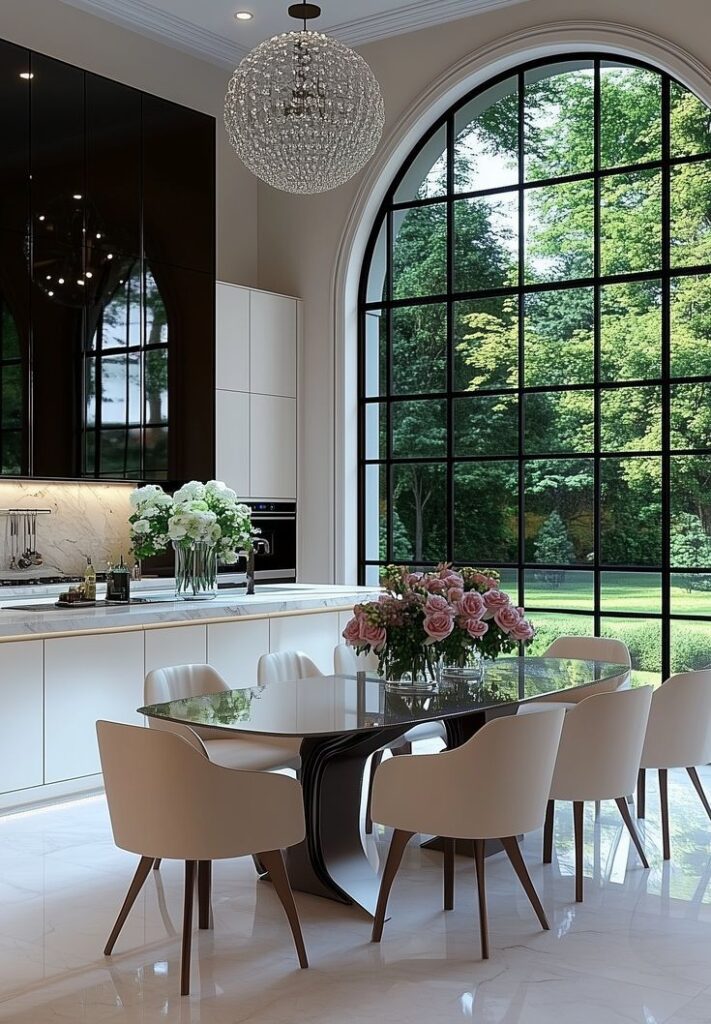
Artistic elements in surface design allow for personal expression while serving functional purposes. Decorative tiles, interesting stone patterns, or creative material combinations can serve as focal points that eliminate the need for additional artwork while providing lasting beauty. Quality mosaic tiles singapore options offer countless possibilities for creating unique, personalized spaces that reflect individual style while providing practical benefits of durability and easy maintenance.
The installation quality of surface materials significantly affects both their appearance and longevity. Professional installation ensures proper preparation, alignment, and sealing that maximizes the beauty and durability of chosen materials. Poor installation can ruin even the most beautiful materials, while expert craftsmanship can make modest materials look exceptional. Investing in quality installation protects the investment in materials while ensuring lasting satisfaction with results.
The environmental impact of surface material choices aligns with mindful living principles through consideration of manufacturing processes, transportation requirements, and end-of-life disposal. Natural materials often require less processing but may involve longer transportation distances. Recycled materials reduce waste but may have limited availability. Understanding these trade-offs allows for informed decisions that balance aesthetic preferences with environmental consciousness.
Daily Rituals: Integrating Mindfulness into Everyday Moments
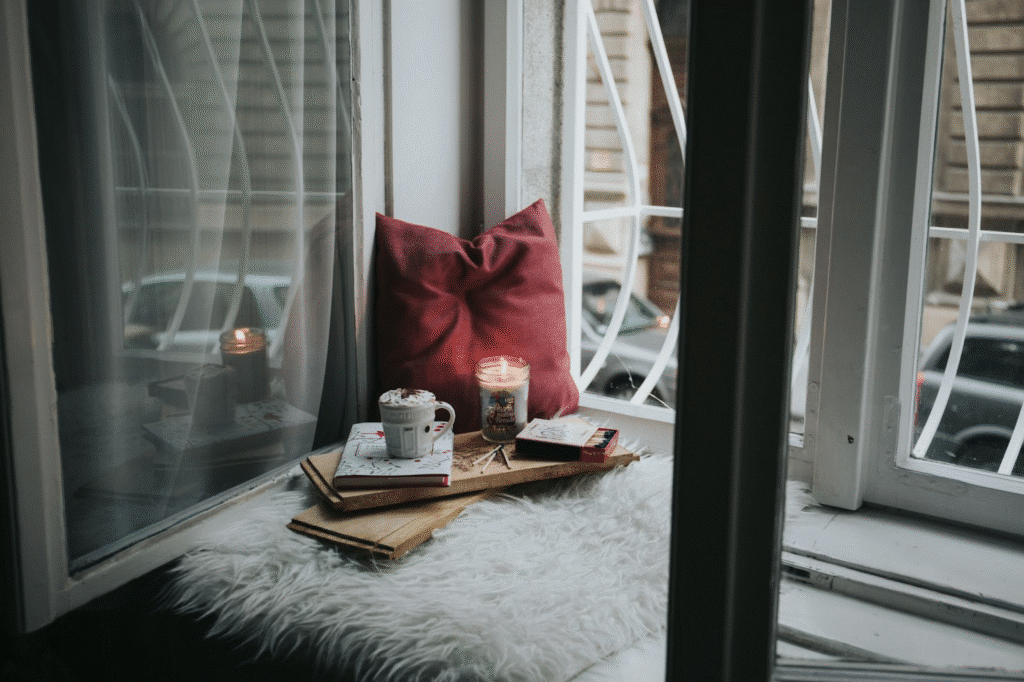
Mindful living transforms ordinary daily activities into opportunities for presence, gratitude, and connection. The spaces we create and the objects we choose can support these mindful practices by encouraging slower, more intentional approaches to routine tasks. When our environments invite pause and appreciation, we naturally become more aware of the beauty and meaning present in everyday moments.
Morning rituals set the tone for entire days and benefit tremendously from mindful attention and supportive environments. The way light enters our bedroom, the comfort of our first seating area, the beauty of our breakfast space, and even the path we take through our home can either rush us toward the day’s demands or ground us in calm presence. Creating morning spaces that encourage slower transitions helps establish peaceful mindsets that carry through daily challenges.
Evening rituals provide opportunities to decompress, reflect, and prepare for restorative sleep. Dimmer lighting, comfortable seating areas, calming scents, and organized spaces all support the transition from day’s activities to night’s rest. When our homes provide sanctuary from outside stresses, we can more easily release tensions and cultivate gratitude for the day’s experiences, both challenging and joyful.
The practice of mindful consumption extends to how we acquire and integrate new elements into our living spaces. Rather than impulse purchases that provide temporary satisfaction, mindful acquisition involves considering how new additions will serve our long-term wellbeing and align with our values. This approach often results in fewer but more meaningful possessions that provide lasting satisfaction and support our authentic selves.
Seasonal transitions offer natural opportunities for mindful reflection and space refreshing. Changing textiles, rotating artwork, updating flower selections, or simply rearranging furniture can help our homes reflect our internal growth and changing needs. These practices connect us to natural cycles while providing gentle ways to update our environments without major expense or disruption.
The integration of nature’s rhythms into our daily experiences helps maintain connection to the larger world beyond our immediate concerns. Positioning seating areas to capture morning or evening light, planning flower arrangements that reflect seasonal availability, or simply opening windows to invite fresh air and natural sounds all help integrate outdoor awareness into indoor living.
Conclusion: Living With Intention and Beauty
The journey toward mindful living through beautiful, intentional spaces is deeply personal and infinitely rewarding. It requires us to slow down long enough to understand what truly supports our wellbeing, brings us joy, and reflects our authentic selves. When we approach our homes as sacred spaces deserving of care and attention, we create environments that nourish our souls while supporting our practical needs.
The elements we’ve explored—from fresh flowers that connect us to nature’s cycles to quality furniture that supports our bodies through countless daily moments, from surface materials that provide lasting beauty to mindful rituals that anchor us in presence—all work together to create lives of greater intention and satisfaction. Each choice becomes an opportunity to align our external environment with our internal values and aspirations.
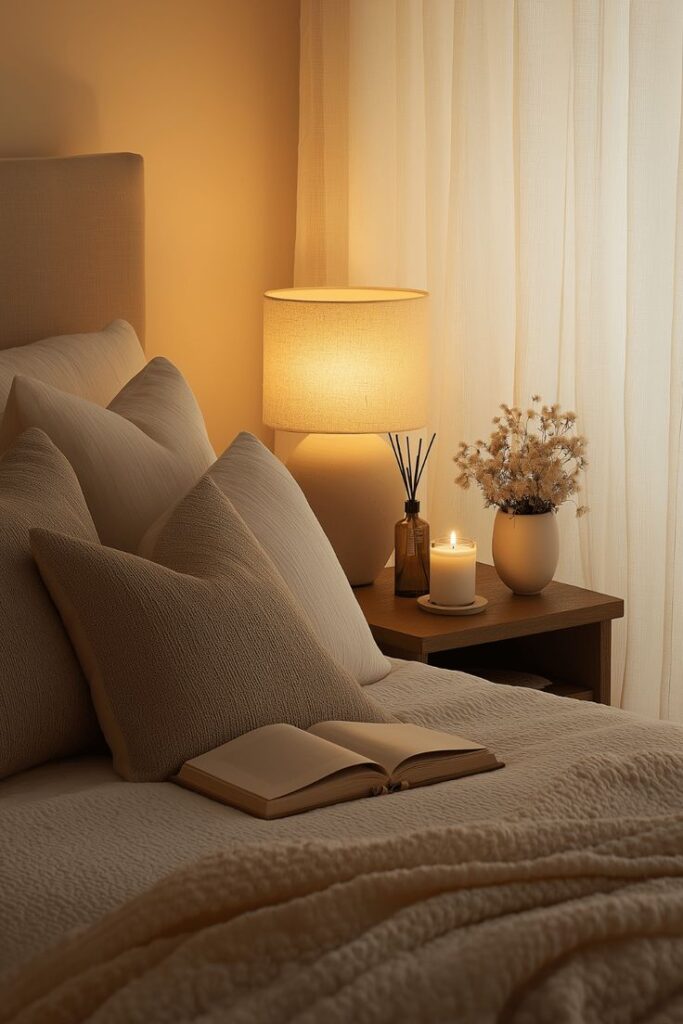
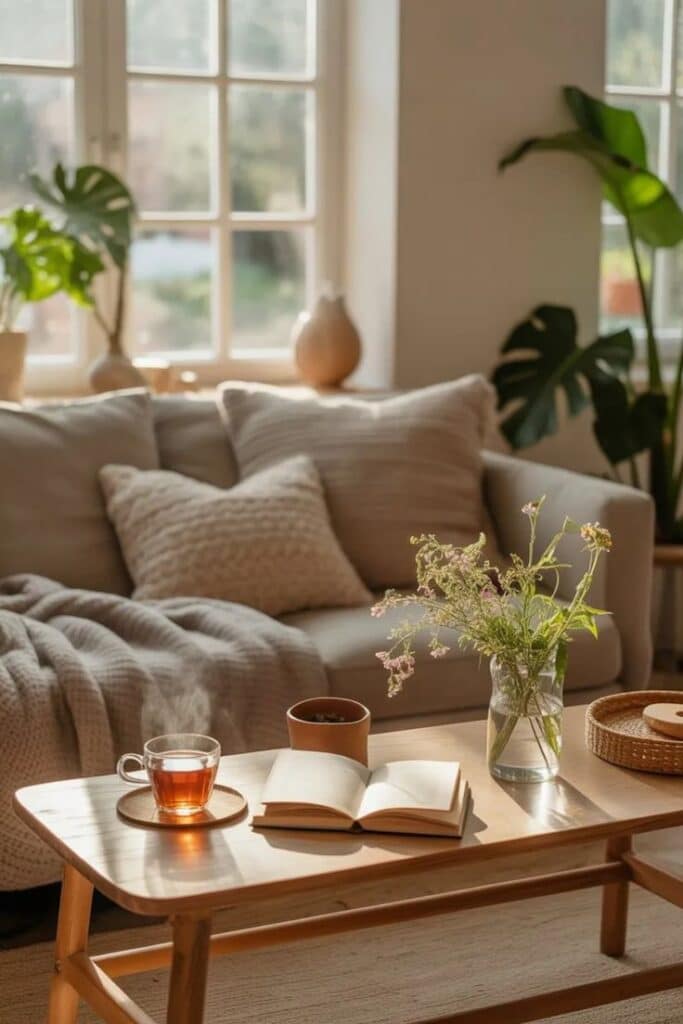
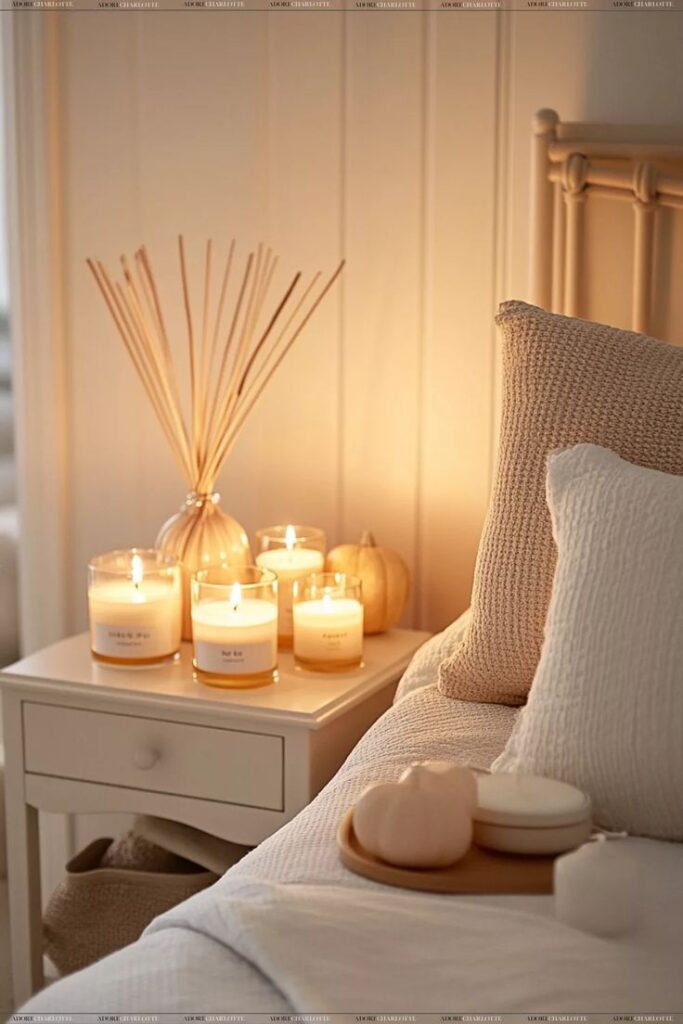
Remember that creating mindful living spaces is not about perfection or expense, but about consciousness and care. A single beautiful flower can transform a room’s energy. A comfortable chair positioned near natural light can become a sanctuary for daily reflection. Thoughtfully chosen materials can provide decades of quiet satisfaction and support for daily activities.
The investment of time and attention required for mindful living pays dividends in increased daily satisfaction, reduced stress, and deeper connection to what matters most. When our spaces support our best selves, we’re more likely to extend that care and attention to our relationships, work, and community contributions. The ripple effects of mindful living extend far beyond our immediate environments to influence every aspect of our lives.
As you continue developing your own approach to mindful living, trust your instincts about what feels nurturing and authentic while remaining open to new possibilities and growth. The goal is not to create magazine-perfect spaces, but to craft environments that feel like home to your soul—places where you can rest, create, connect, and grow into your fullest potential while surrounded by beauty that feeds your spirit daily.
- 0shares
- Facebook0
- Pinterest0
- Twitter0


